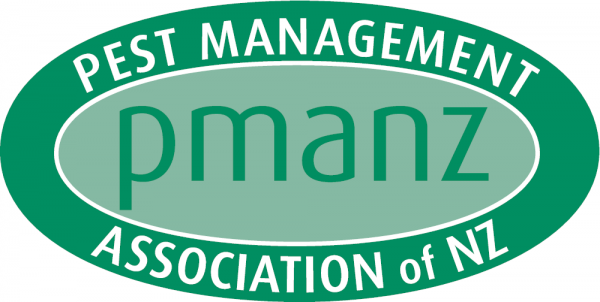A career in pest management can be a rewarding one - follow this link to the Government Careers Website for more information on salaries, working conditions and other detail.
Why Pest Management
Pest Control and its Objectives
- Definition of pests
- What causes pests?
- What do you do about pests?
- What the client wants from you
- The range of services we offer
1. Definition of pests
Pests are organisms which are detrimental to man in some way. Flies are not always pests; a hundred flies in a farmyard may not interfere with farming, but one fly in a high-class restaurant can cause damage to the reputation of the establishment. So, the location of the pest rather than its numbers is often of prime Importance. Many organisms are pests only when they are carriers of disease, the mosquito is a minor nuisance in the New Zealand, but is very important as a carrier of malaria and yellow fever, Dengue and other diseases in the tropics.
Fear of animals may cause them to be regarded as pests. One person may regard a mouse or a spider with amusement or even affection, whereas a neighbour may be frightened of them, no matter how little material damage the animals can do.
The most serious aspect of many pest problems is the contamination of human food, for example, by rodent droppings, urine and hairs or by dead Insects
2 What causes pests?
When people find that they have pests in their homes or places of work, the first question asked is, "What causes them?" or, "Where do they come from?” The ability to answer these questions is one of the marks of a good Service Technician. We know that pests do not just "happen". For an Infestation to develop in a building, the following events must have occurred:
- One or more pests must have got into the building. They have walked in, or flown in, or been carried in.
- They may have found a place to hide and produce young.
- They have found suitable food.
- They have found enough warmth.
- Some, but not all, must have found a source of water.
3. What do you do about pests?
Your Job is to eliminate or reduce the numbers of the pest so that it is no longer a problem to the client; then to prevent a recurrence of the problem. This is achieved by:
- Treating the premises effectively with preparations.
- Recommending good hygiene measures, e.g. removal of harbourages, waste food.
- Control ling the pest before it gets to the building, e.g. by baiting and gassing of rodents outdoors, wasp baiting, treatment of suppliers' premises.
- Recommending proofing measures.
4. What the client wants from you
- First, he wants the elimination of the pest. This requires effective and immediate action by you.
- He wants to know how the problem arose. This means that you must understand the pest problem and be able to discuss it intelligently with him.
- He wants to know how he can prevent it happening again. You should be able to give recommendations on proofing and housekeeping.
- Usually we get the client to enter into an agreement/contract which he regards as an "Insurance" against a recurrence of the problem. He expects you to be available at all times should the problem recur.
- The client expects you to be his consultant on pest control. If you see any new problem developing, draw it to his attention and tell your manger/supervisor immediately.
- Above all, the client expects value for money. Ensure that the service you give is beyond criticism.
5. The range of services offered
The services offered in Pest Management are the control of:
- Rats, Mice, and Birds
- Ants, Bed Bugs, Cockroaches, Fleas, Flies, Midges, Mosquitoes, Wasps, Bees and Spiders, Stored Product Pests
- Resident Insects and casual Intruders of minor importance such Borer Beetle, Carpet Beetle, Bird Mites, Silverfish,
- Electronic reporting documentation systems are often used as well
Successful pest and vector control requires careful inspection of the habitat and identification of the pest species, knowledge of their biology and behaviour, and selecting the most effective chemical and/or non- chemical control methods.
With this information, pest control becomes ‘situational specific’. The pest control technician will be expected to choose the insecticide, the application equipment, and the locations that are treated. These decisions will be made when the technician arrives at the location and will be based on the situation and the pest. Technicians will be trained and capable of evaluating the specific location and pest, and making decisions.
